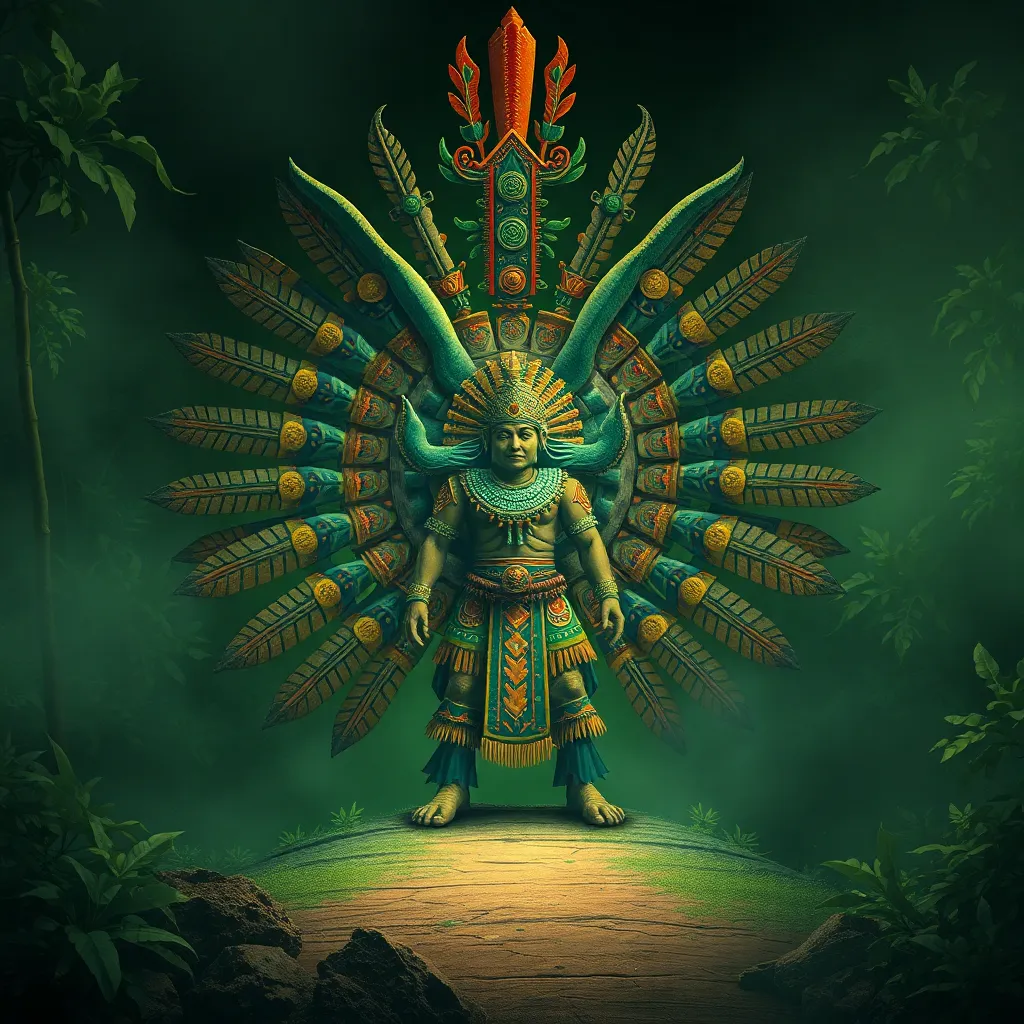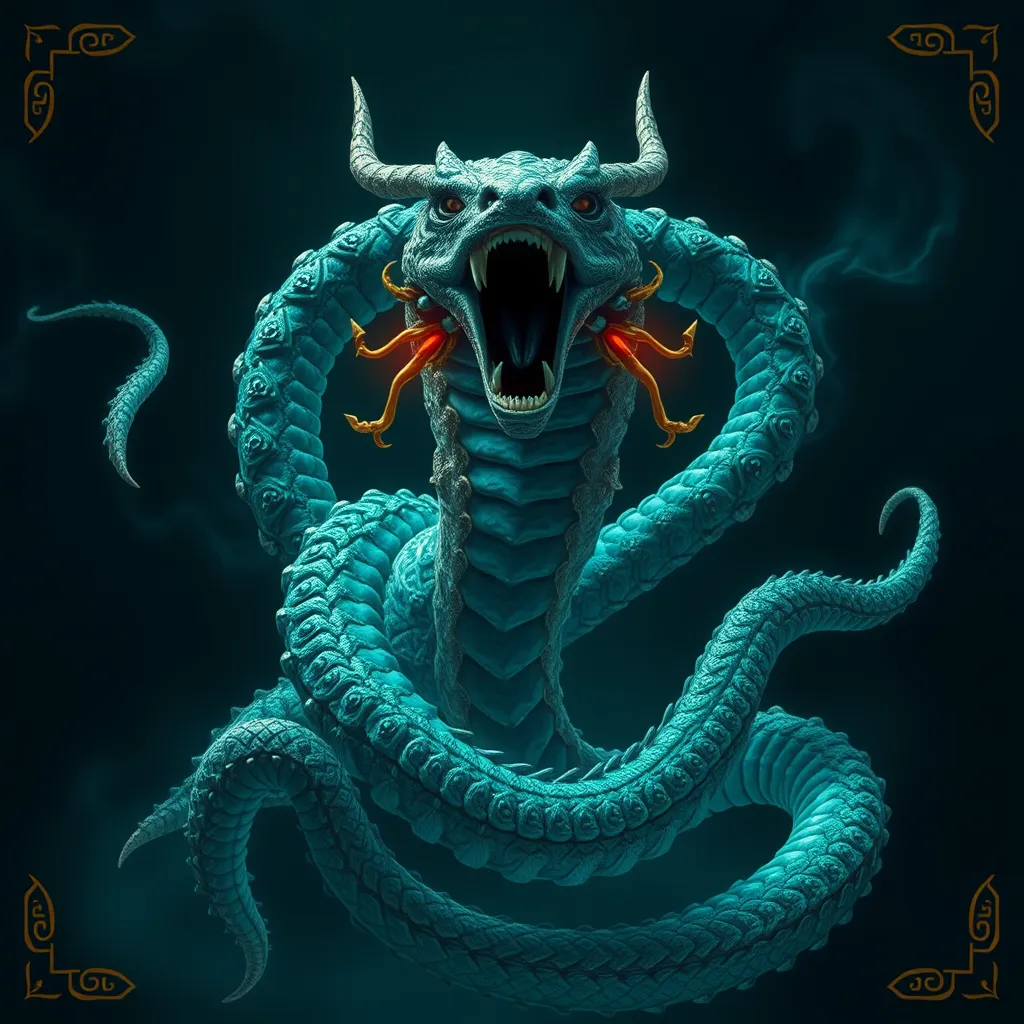Beyond the Veil: The Unseen Hands of the Māori Hau
I. Introduction
The Māori concept of Hau is a profound element of their culture, representing a life force that pervades all aspects of existence. Understanding Hau provides insight into the Māori worldview, emphasizing the interconnectedness of life, spirituality, and the environment. This article aims to explore the significance of Hau in Māori belief systems, examining its historical roots, contemporary relevance, and the unseen forces that shape its role in society.
II. The Concept of Hau
A. Definition and origins of Hau
Hau can be defined as the breath of life or the essence that sustains all living things. Its origins can be traced back to Māori mythology, where Hau is often associated with the wind and the spiritual realm. It is believed that Hau is a gift from the gods, vital for maintaining balance in life.
B. Hau as a life force and its connection to spirituality
In Māori culture, Hau is not merely a concept but a vital life force that connects individuals to their ancestors and to the world around them. It embodies spirituality, manifesting in various forms such as the vitality of plants, animals, and even the land itself. Hau is an integral part of Māori spiritual practices, emphasizing the importance of reverence for all living beings.
C. The role of Hau in Māori cosmology
Māori cosmology is rich with narratives that illustrate the role of Hau. It is often depicted as a force that enables communication between the physical and spiritual realms. Hau plays a significant role in creation stories, where it is involved in the formation of the universe and the establishment of life on Earth.
III. Historical Context
A. The historical significance of Hau in pre-colonial Māori society
Hau held a pivotal place in pre-colonial Māori society, dictating social structures, rituals, and communal interactions. The concept was deeply embedded in the governance and decision-making processes, influencing everything from resource management to conflict resolution.
B. Changes in the perception of Hau post-European contact
After European contact, the perception of Hau began to shift due to the introduction of new ideologies and practices. The imposition of Western beliefs often sidelined traditional understandings of Hau, leading to a gradual erosion of its significance in some communities.
C. Case studies of Hau in Māori history
- The Treaty of Waitangi (1840): The negotiations surrounding this treaty exemplified the importance of Hau in discussions about land and sovereignty.
- Resistance Movements: Various Māori uprisings, such as the New Zealand Wars, highlighted the role of Hau in rallying communities around shared beliefs and cultural heritage.
IV. Hau in Everyday Life
A. How Hau influences daily practices and rituals
Hau manifests in the daily lives of Māori through various rituals and practices. Activities such as planting, harvesting, and communal gatherings are imbued with the spirit of Hau, ensuring that these actions are conducted with respect and gratitude.
B. The role of Hau in community and social structures
In Māori communities, Hau fosters a sense of belonging and responsibility. It influences social structures, where the health of the community is seen as interconnected with the well-being of the land and its resources.
C. Examples of Hau in traditional Māori arts and crafts
Traditional Māori arts, such as weaving and carving, are also expressions of Hau. Artists infuse their work with the life force of Hau, believing that their creations carry the essence of their ancestors and the natural world.
V. The Unseen Hands of Hau
A. Understanding the metaphor of “unseen hands”
The metaphor of “unseen hands” refers to the subtle yet powerful influences of Hau in shaping experiences, relationships, and environments. These unseen forces guide actions and decisions, often in ways that are not immediately apparent.
B. The impact of Hau on personal and communal well-being
Hau plays a critical role in promoting well-being among individuals and communities. It fosters resilience, encourages connection, and supports a holistic approach to health that encompasses physical, emotional, and spiritual aspects.
C. Connections between Hau and the environment
The relationship between Hau and the environment is reciprocal. Māori believe that nurturing the land enhances Hau, while maintaining a strong connection to the land is essential for personal and communal vitality.
VI. Contemporary Perspectives
A. Modern interpretations of Hau in Māori culture
In contemporary Māori culture, Hau is being reinterpreted to fit modern contexts. It is increasingly recognized as a vital component in discussions about sustainability, environmental justice, and cultural identity.
B. The integration of Hau in contemporary Māori identity
Hau is integral to the revival of Māori identity, serving as a source of pride and resilience. Many Māori are reclaiming traditional practices and beliefs, reestablishing the significance of Hau in their lives.
C. Hau in the context of global indigenous movements
Globally, indigenous movements are embracing concepts like Hau as part of broader efforts to assert rights, protect land, and preserve cultural heritage. Hau symbolizes the deeper connections indigenous peoples have with their environments and traditions.
VII. Challenges and Preservation
A. Threats to the understanding and practice of Hau
Despite its significance, Hau faces numerous threats, including cultural assimilation, environmental degradation, and lack of awareness among younger generations. These challenges undermine traditional practices and the transmission of knowledge.
B. Efforts to preserve and revitalize the concept of Hau
Various initiatives are underway to revitalize the concept of Hau, including educational programs, community workshops, and cultural festivals. These efforts aim to foster understanding and appreciation of Māori beliefs among both Māori and non-Māori populations.
C. The role of education and outreach in sustaining Hau
Education plays a crucial role in preserving Hau. By incorporating Māori perspectives into school curricula and promoting community engagement, there is a greater chance of sustaining this vital concept for future generations.
VIII. Conclusion
In summary, Hau is a fundamental concept in Māori culture, embodying the essence of life and the interconnectedness of all beings. Its relevance extends beyond cultural boundaries, highlighting the importance of understanding unseen forces in our world. As we reflect on the significance of Hau, it becomes clear that greater awareness and appreciation of Māori beliefs are essential not only for cultural preservation but also for fostering a holistic understanding of our relationship with the environment and each other.




